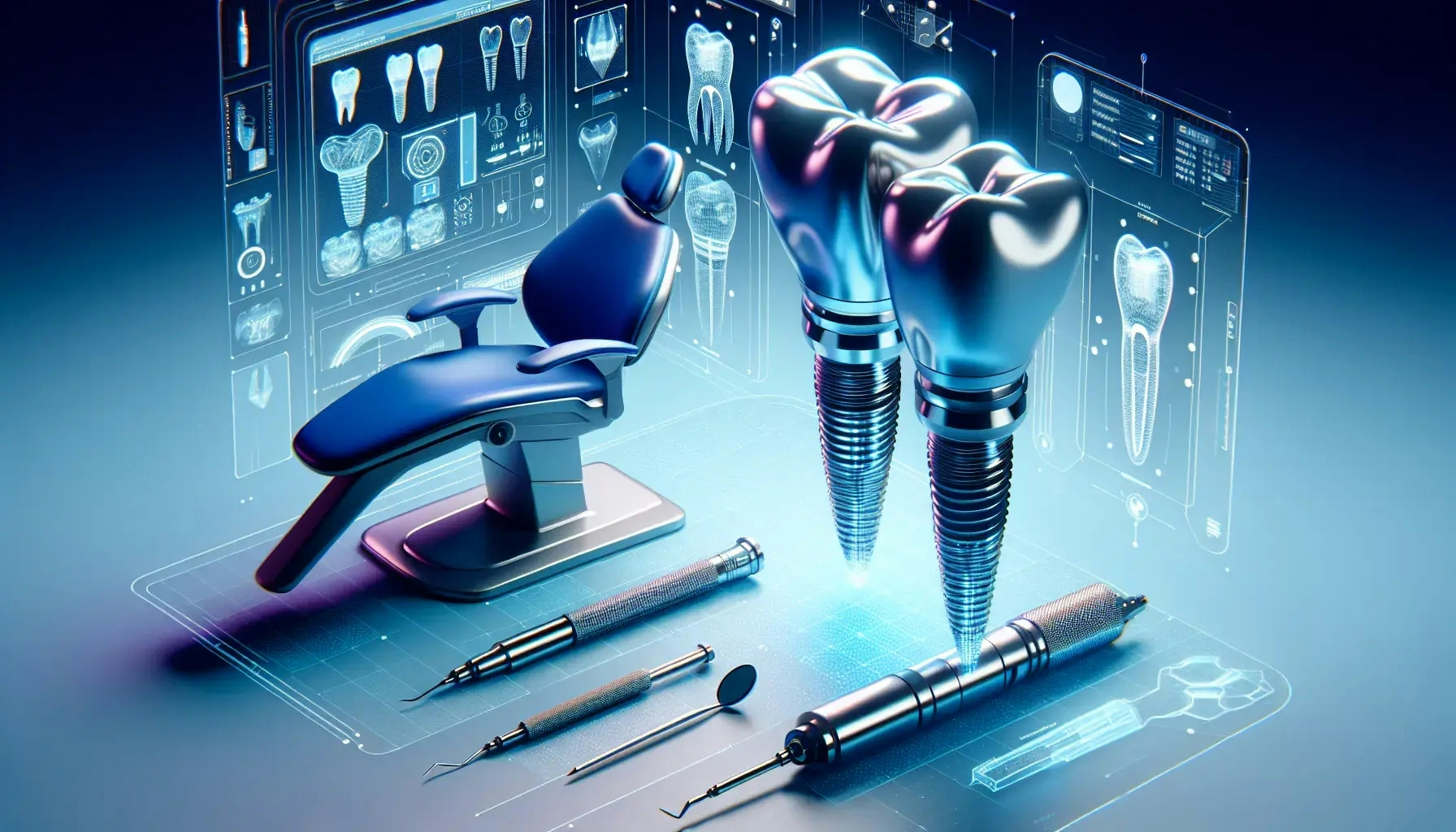Dental Implant Advancements
Dentist Magazine

Welcome to a comprehensive exploration of the advancements in dental implant technology. This blog post aims to shed light on the significant progress that has transformed the field of dental implants. We will delve into the latest innovations, techniques, and materials that have made dental implants more effective, comfortable, and accessible than ever before.
The Evolution of Dental Implants
Dental implants have come a long way since their inception. The journey began with rudimentary attempts at replacing lost teeth using materials like shells and stones. These early efforts paved the way for more sophisticated techniques and materials.
In the 20th century, the discovery of osseointegration revolutionized dental implantology. This process, which involves the fusion of the implant with the jawbone, forms the basis of modern dental implant techniques. The introduction of titanium as the preferred material for implants further enhanced the success rates of these procedures.
Despite these advancements, dental implants were not without their challenges. Issues such as long healing times, high costs, and the need for sufficient bone density limited their accessibility. However, the relentless pursuit of innovation in this field has led to significant improvements.
Modern Dental Implant Techniques
Today, dental implant techniques are more advanced and patient-friendly. One such technique is immediate load dental implants, also known as same-day implants. This procedure allows the placement of the implant and the replacement tooth during the same visit, reducing the overall treatment time.
Another innovative technique is the use of mini dental implants. These are smaller than traditional implants and require less invasive surgery. They are an excellent option for patients with insufficient bone density for regular implants.
Computer-guided implant surgery is another advancement that has improved the precision and predictability of dental implant procedures. This technology allows dentists to plan the surgery in a virtual environment before performing it on the patient.
The Role of Materials in Dental Implant Advancements
The choice of materials plays a crucial role in the success of dental implants. Titanium has been the material of choice due to its strength and biocompatibility. However, recent advancements have introduced new materials that offer additional benefits.
Zirconia, a type of ceramic, is one such material. It offers excellent aesthetic results due to its tooth-like color. It is also hypoallergenic, making it a suitable choice for patients with metal allergies.
Another promising material is PEEK (Polyether ether ketone). This is a type of plastic that is biocompatible, durable, and flexible. It is still in the experimental stages but shows great potential for future use in dental implants.
The Impact of Digital Technology on Dental Implants
Digital technology has had a profound impact on dental implantology. Digital imaging techniques, such as Cone Beam Computed Tomography (CBCT), provide detailed 3D images of the patient's jaw. This information aids in precise implant placement, reducing the risk of complications.
Digital impressions have replaced traditional mold-taking methods, offering a more comfortable experience for patients. They also provide more accurate data for the fabrication of the replacement teeth.
The use of CAD/CAM (Computer-Aided Design/Computer-Aided Manufacturing) technology in the production of dental implants and prosthetics has improved the fit and aesthetics of these components. This technology allows for the customization of implants and prosthetics to suit the patient's unique anatomy.
The Future of Dental Implants
The future of dental implants looks promising, with ongoing research and development aimed at improving patient outcomes. One area of focus is the development of bioactive implants that can promote bone growth and speed up the healing process.
Another exciting prospect is the use of stem cell technology in dental implants. This could potentially allow for the regeneration of lost bone tissue, making dental implants a viable option for more patients.
The integration of artificial intelligence and machine learning in dental implantology is another area of interest. These technologies could enhance the planning and execution of dental implant procedures, making them more accurate and efficient.
The Importance of Dental Implant Advancements
The advancements in dental implant technology have had a profound impact on patients and practitioners alike. They have made dental implants a more accessible and effective solution for tooth loss.
For patients, these advancements mean shorter treatment times, less discomfort, and improved aesthetic results. They also mean that more people can benefit from dental implants, including those who were previously deemed unsuitable due to insufficient bone density.
For practitioners, these advancements offer improved predictability and success rates. They also provide the opportunity to offer a wider range of treatment options to their patients.
Embracing the Future of Dental Implant Technology
The field of dental implantology has witnessed remarkable advancements over the years. These innovations have transformed dental implants from a niche treatment option to a mainstream solution for tooth loss. As we look to the future, the continued evolution of dental implant technology promises to further enhance patient outcomes and broaden the scope of this life-changing treatment.